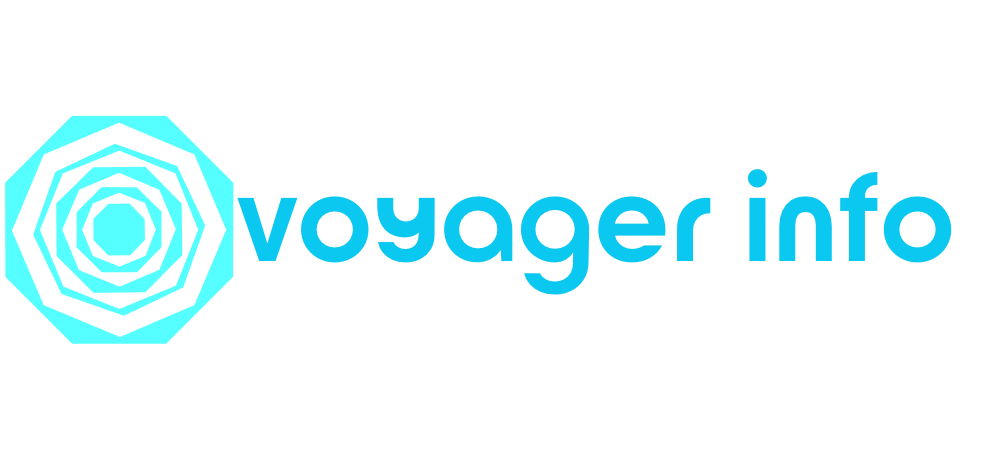To understand your target audience, start with market research by creating detailed buyer personas and segmenting your audience based on shared traits like age, location, or interests. This helps you tailor your messaging, making it more relevant and effective. Knowing their needs, behaviors, and motivations gives you a competitive edge. If you want to develop a solid strategy, exploring these concepts further will give you the insights you need to succeed.
Key Takeaways
- Conduct market research to identify who your potential customers are and understand their needs.
- Develop detailed buyer personas based on real data to tailor your marketing messages effectively.
- Segment your audience into smaller groups sharing common traits for targeted, relevant campaigns.
- Regularly update your research to adapt to evolving trends, preferences, and market conditions.
- Use insights from data analysis to choose the best channels, messaging tone, and focus areas for your marketing.

Have you ever wondered why some marketing campaigns succeed while others fall flat? The secret often lies in how well you understand your target audience. To connect effectively, you need to immerse yourself in market research, a process that helps you identify who your potential customers really are. At the heart of this understanding are concepts like buyer personas and audience segmentation. These tools enable you to tailor your messaging, making it more relevant and engaging.
Buyer personas are semi-fictional profiles that represent your ideal customers. They’re built from real data and insights, capturing details about your audience’s demographics, behaviors, motivations, and pain points. Creating detailed buyer personas allows you to step into your audience’s shoes, understanding what drives their purchasing decisions. Instead of guessing what your audience wants, you base your marketing strategies on concrete information, leading to more personalized and effective campaigns.
Buyer personas are detailed profiles based on real data that help tailor effective marketing strategies.
Audience segmentation, on the other hand, involves dividing your broader market into smaller, more manageable groups based on shared characteristics. These segments could be based on age, location, interests, buying habits, or other defining factors. By segmenting your audience, you avoid a one-size-fits-all approach and instead craft messages that resonate with each specific group. This targeted approach increases the likelihood of capturing attention and driving conversions because your messaging aligns with the unique needs and preferences of each segment.
When you combine buyer personas with audience segmentation, you create a powerful framework for market research. You start by analyzing data to identify common traits among your customers, then develop personas representing different segments. This process helps you pinpoint where to focus your efforts, which channels to use, and what tone or offers will appeal most. It also saves you from wasting resources on broad, ineffective campaigns. Additionally, understanding products like waterwick pots or waterless planters can help you better tailor your messaging to specific customer needs and interests.
Understanding your target audience isn’t a one-time effort; it’s an ongoing process. Market trends shift, customer preferences evolve, and new segments emerge. Regularly updating your buyer personas and audience segmentation guarantees your marketing stays relevant and impactful. The more you invest in understanding your audience, the better you’ll be at creating campaigns that truly resonate, boost engagement, and increase conversions. In the end, market research isn’t just about gathering data — it’s about turning that data into actionable insights that give you a competitive edge.
Frequently Asked Questions
How Often Should Market Research Be Updated?
You should update your market research regularly to stay ahead. Aim for at least annually, but more often if you’re launching new products or facing rapid industry changes. Keep gathering customer feedback consistently and perform competitor analysis quarterly or semi-annually. This helps you spot trends, identify shifts in customer needs, and refine your strategy. Staying proactive guarantees your business remains relevant and competitive in a dynamic marketplace.
What Tools Are Best for Small Business Market Research?
You might think expensive tools are necessary, but small businesses can effectively use customer surveys and competitor analysis tools like Google Forms or SurveyMonkey. These options are affordable and straightforward, helping you gather valuable insights. Customer surveys reveal what your audience cares about, while competitor analysis shows market gaps. Combining these tools allows you to understand your audience better and stay ahead without breaking the bank.
How Do Cultural Differences Impact Target Audience Analysis?
Cultural differences markedly influence your target audience analysis by shaping cultural nuances and consumer perceptions. You need to recognize that values, traditions, and social norms vary across regions, affecting how your message is received. By understanding these cultural nuances, you can tailor your marketing strategies to resonate better with diverse audiences, ensuring your brand is perceived positively and authentically, ultimately boosting engagement and loyalty across different cultural contexts.
Can Social Media Data Replace Traditional Research Methods?
You might think social media data could replace traditional research, but that’s like trying to catch lightning in a bottle. Social media has glaring limitations, like skewed demographics and instant misinformation, plus data privacy concerns that limit access and accuracy. While it offers quick insights, it can’t match the depth, reliability, and nuanced understanding traditional methods provide. Relying solely on social media risks missing the full story about your audience.
How to Identify Emerging Trends Before Competitors?
To identify emerging trends before competitors, focus on trend forecasting by analyzing social media conversations, industry reports, and tech innovations. Conduct competitor analysis to spot gaps or shifts they haven’t yet capitalized on. Stay active in niche communities and monitor influencer activities. By combining these strategies, you’ll spot trends early, giving you a competitive edge and allowing you to adapt your offerings proactively.
Conclusion
Knowing your target audience is the key to success. When you truly understand their needs, preferences, and behaviors, you can tailor your strategies effectively. Don’t put all your eggs in one basket—diversify your approach based on your insights. Remember, a well-informed marketer is like a fish in water, effortlessly maneuvering the market. Keep listening and learning, and you’ll find that the pieces fall into place much more smoothly.
Alfons is the visionary leader and driving force behind Voyager Info’s success. As the Editor in Chief, he brings a wealth of experience and an unwavering passion for travel to the helm of our cruise-centric platform.
With a lifelong fascination for exploring new horizons, Alfons discovered his love for the ocean and cruising at a young age. From sailing across pristine Caribbean waters to embarking on daring expeditions to far-flung destinations, he has amassed a treasure trove of first-hand experiences in the world of cruising.











